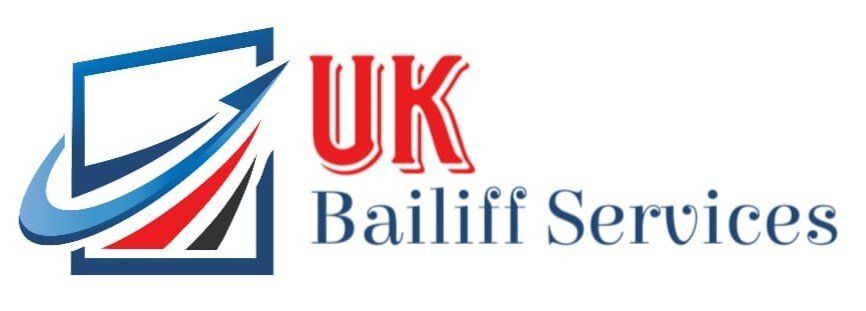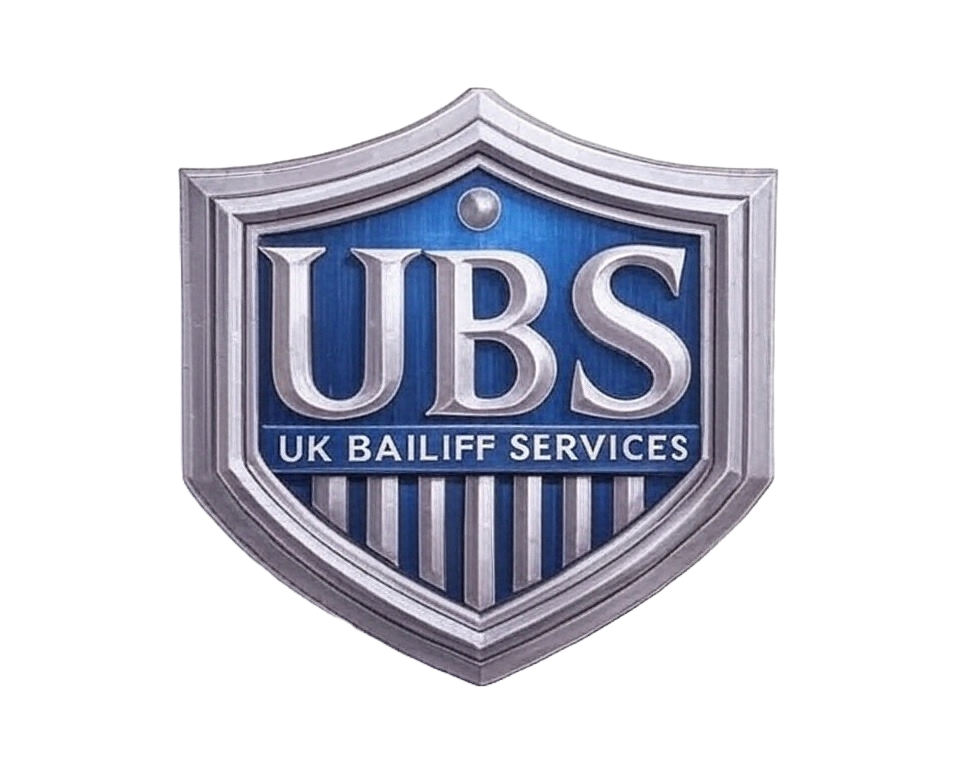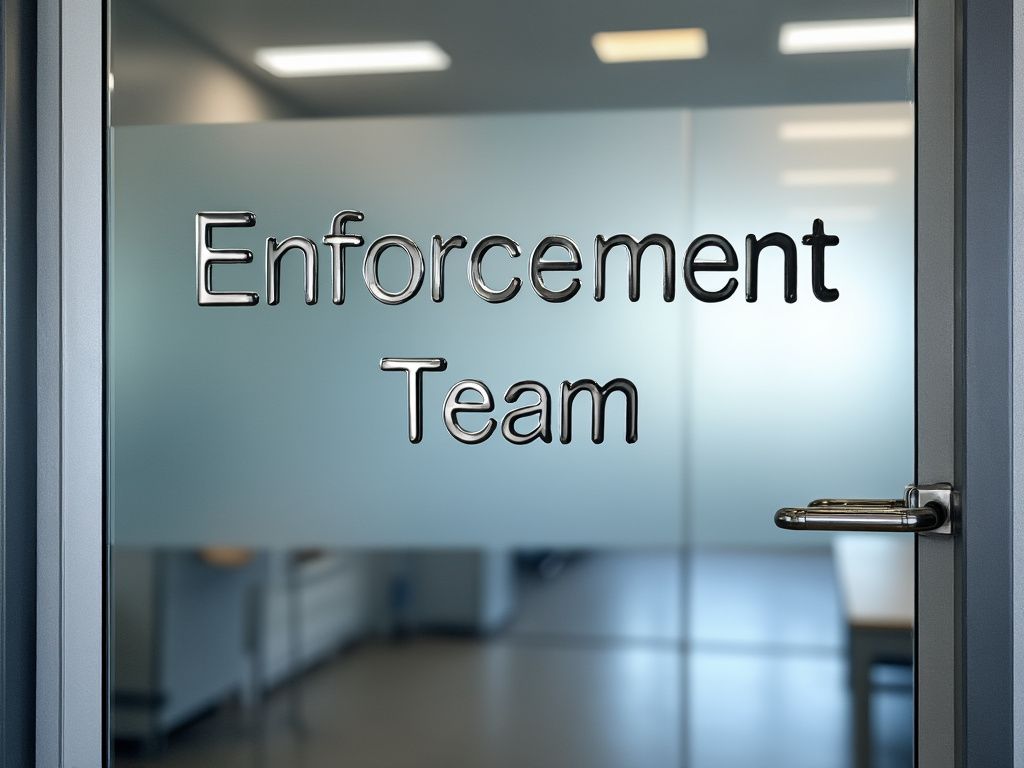Application stage – service 1
Commercial Tenant Financial & Risk Report
We go beyond a simple credit check to give you an enforcement-focused view of the applicant’s strength, structure and likely risk profile.
- Company and director checks – CCJs, insolvency, dissolutions and trading history.
- Links to other entities where available, highlighting repeat-failure patterns.
- Commentary on enforcement practicality if arrears arise later.
Turnaround: typically 3–7 working days from receipt of full details.




